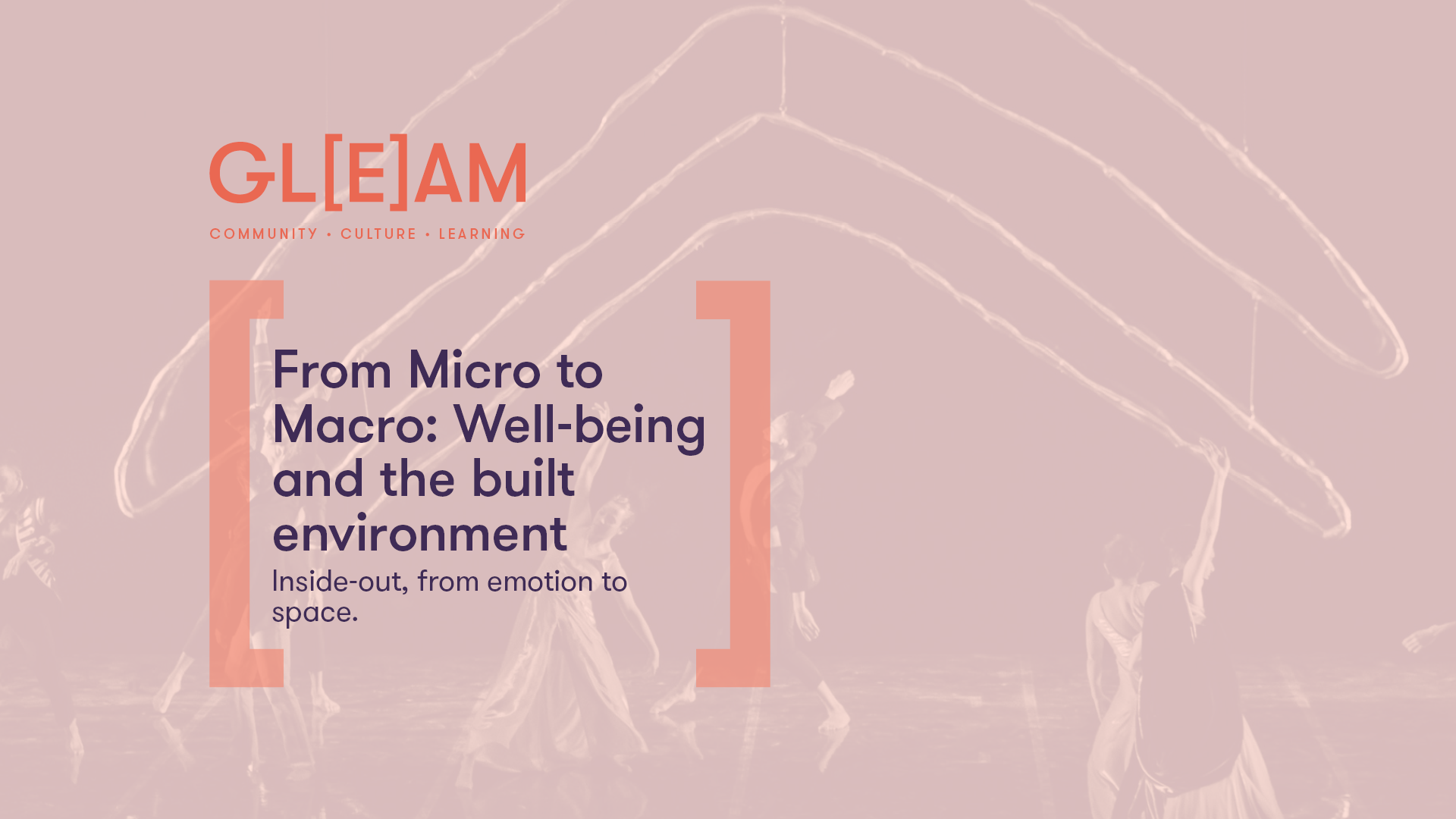From Micro to Macro: Well-being and the built environment
Inside-out, from emotion to space
Architects and designers have an important role to play in the health and wellbeing of the (human and non-human) users of their spaces. Easily unnoticeable differences such as colour and scale can influence how people react to a space. Similarly, the process in which spaces are designed – whether with empathy or not – can impact on how welcome and comfortable people feel whilst using them. The diverse panel of speakers from researcher to academic/architect and Transport NSW Director prompted questions about how we test and analyse spaces, how many uses a space should have, and even about the very nature of what architecture should be.
Thanks to Isabella Bower (Deakin University), Vanessa Gordon (Director at Transport NSW), and Martijn de Geus (Assistant Professor and Deputy Director at Tsinghua University).
Recommendations:
Aldo van Eyck’s ‘Interstitiality’: turning leftover spaces into meaningful places, article by Martijn de Geus
Kanto Interview with Martijn de Geus
Enlarged interior built environment scale modulates high frequency EEG oscillations (eNeuro), by Isabella Bower
Built environment color modulates autonomic and EEG indices of emotional response (Psychophysiology), by Isabella Bower
Functional brain connectivity during exposure to the scale and color of interior built environments (Human Brain Mapping), by Isabella Bower (In production)
Enjoy the short video trailer, and if you are interested in this session, you can request a full recording by filling out the submission form below.




